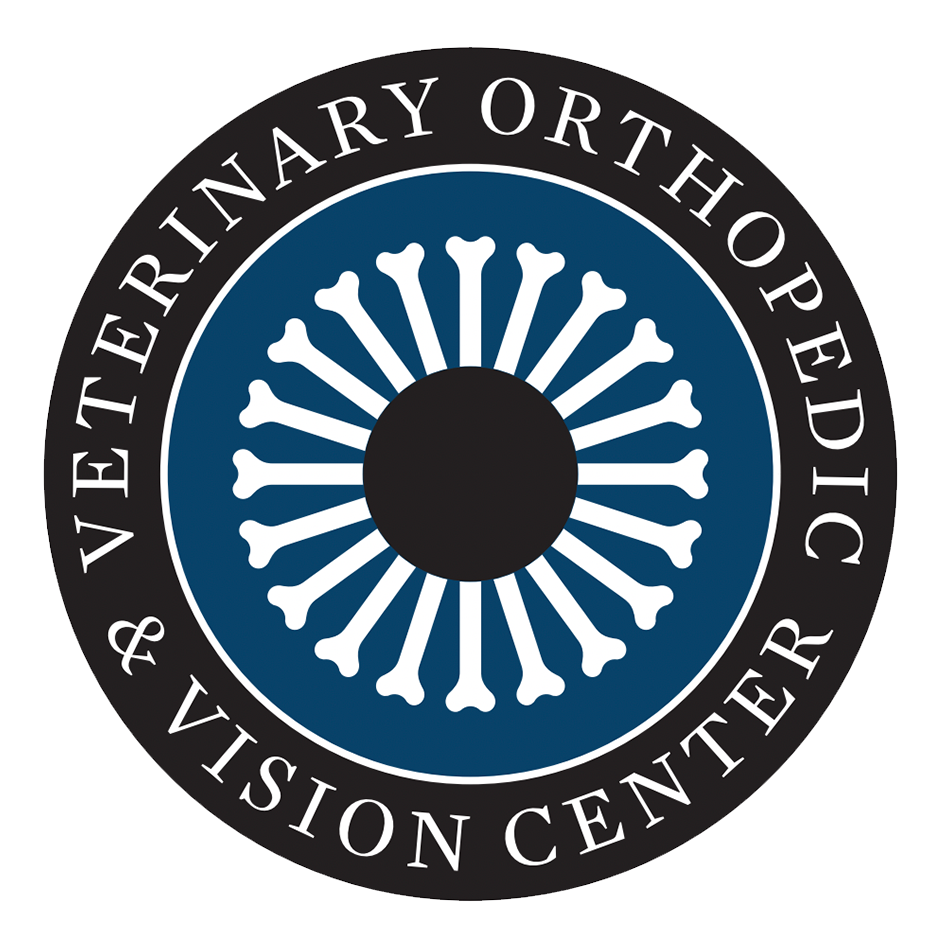Pet Orthopedic in Hoover, AL
At the Veterinary Orthopedic and Vision Center, our team performs a range of orthopaedic operations. Orthopedic diseases include those that impact your pet’s bones, joints, muscles, tendons, ligaments, and the skeletal system and limbs. The mood and quality of life of your pet might be impacted by orthopaedic injuries.
Orthopedic diagnostics
· Free radiograph consultation for referring veterinarians
· Complete physical, orthopedic and neurologic examination
· Digital Radiographs
· Musculoskeletal ultrasound exam
· Joint fluid analysis
· In-house bloodwork/urinalysis and sampling for wide range of diseases
Cranial cruciate ligament (CCL) disease treatment
· Tibial plateau leveling osteotomy (TPLO) (5–200 pounds)
· Lateral fabellotibial suture (2–6 pounds)
· Meniscus tear treatment
Minimally invasive surgery – Arthroscopy
· Elbow dysplasia, medial coronoid disease
· Osteochondritis dissecans (OCD)
· Meniscectomy
· CCL debridement
· Joint evaluation
Patella luxation repair
Hip dysplasia treatment
· Preventative juvenile pubic symphyseodesis (JPS)
· Double pelvic osteotomy (DPO)
· Femoral head and neck excision (FHNE/FHO)
Fracture repair for stable patients
Joint luxation repair
Joint fusion surgeries (arthrodesis)
Arthritis evaluation and management
Tendon injury treatment/repair
Angular limb deformity correction
Tendon and ligament repair
· Biceps tenosynovitis, achilles
tendon rupture/disease
· Ligament reconstruction
Digit pad corn treatment
